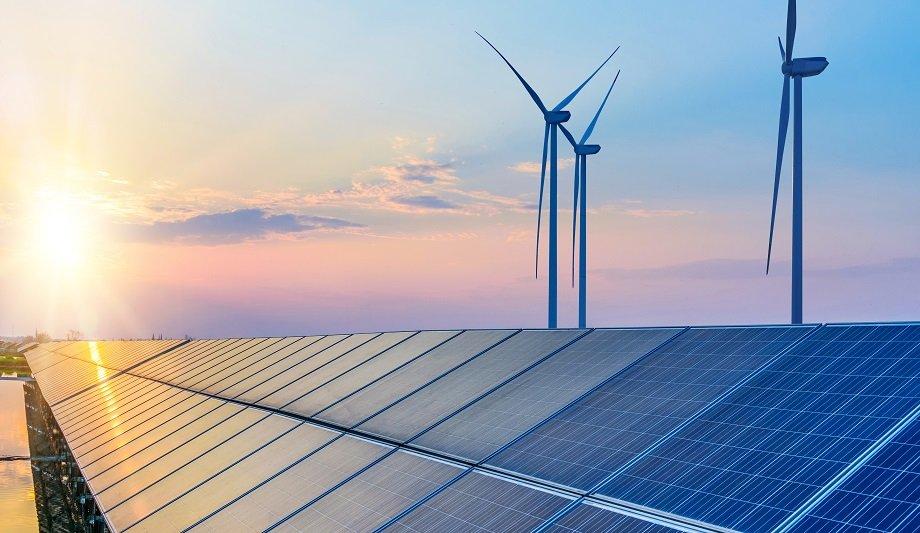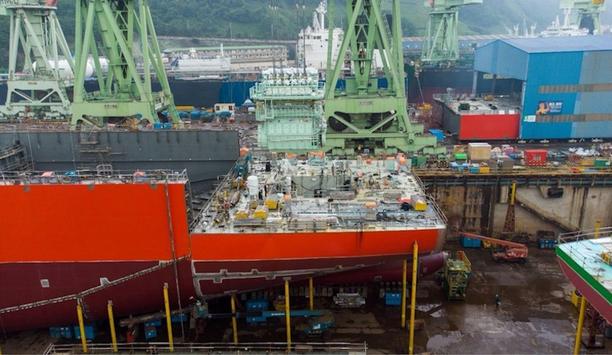DNV has issued the latest edition of its standard - Composite components in critical applications, DNV-ST-C501. The main objective of this standard is to provide an internationally accepted framework for the design, fabrication, and maintenance of composite components to obtain a consistent and appropriate safety level and the creation of cost-effective solutions.
As the energy transition continues driving a transformation of the energy sector, DNV is seeing an increasing number of technology developments for which composite materials are an important enabler in particular within offshore wind, hydrogen, carbon capture and storage (CCS), and maritime applications.
Composites applications
Composites are known to many as a material used in applications such as leisure boats, skis, and other sports equipment. Composites are made by reinforcing a polymer matrix with fibers like glass or carbon fibers.
High-criticality applications where composites are used include wind turbine blades, pressure vessels for hydrogen storage, pipelines for transport of hydrogen and CO2, hulls, and other structures.
Growth of composites
We believe our customers will reduce their environmental footprint with this new revision of the standard"
Philippe Noury, Principal Specialist, Energy Systems at DNV said, “DNV continues to stay committed to facilitating the growth in the use of composite materials and structures by providing up-to-date standards and assurance services.”
“The release of this standard is a key milestone towards that prospect. We believe our customers will significantly reduce their costs and environmental footprint by adopting this new revision of the standard in their projects.”
Update highlights
The update incorporates lessons learned from technology developments, which were gained from the assurance of specific applications, joint industry projects, and further research.
Major topics covered include:
- Enhanced test protocols for long-term loading
- Clearer requirements related to high-end carbon fiber reinforced composites
- Improved guidance related to specific designs such as risers
Creating an impact on GHG emissions
“Technology developments will play an important role in addressing net-zero commitments and pledges towards a Paris-compliant future. No single technology can solve the challenge, rather they will need to work together.”
“The update to this standard ensures that industry has choices concerning materials and technologies in the value chain of a product or solution, together with efficient logistics and implementation practices that can have a significant impact on the absolute GHG emissions in the value chain,” concluded Prajeev Rasiah, Executive Vice President for Energy Systems, Northern Europe at DNV.












